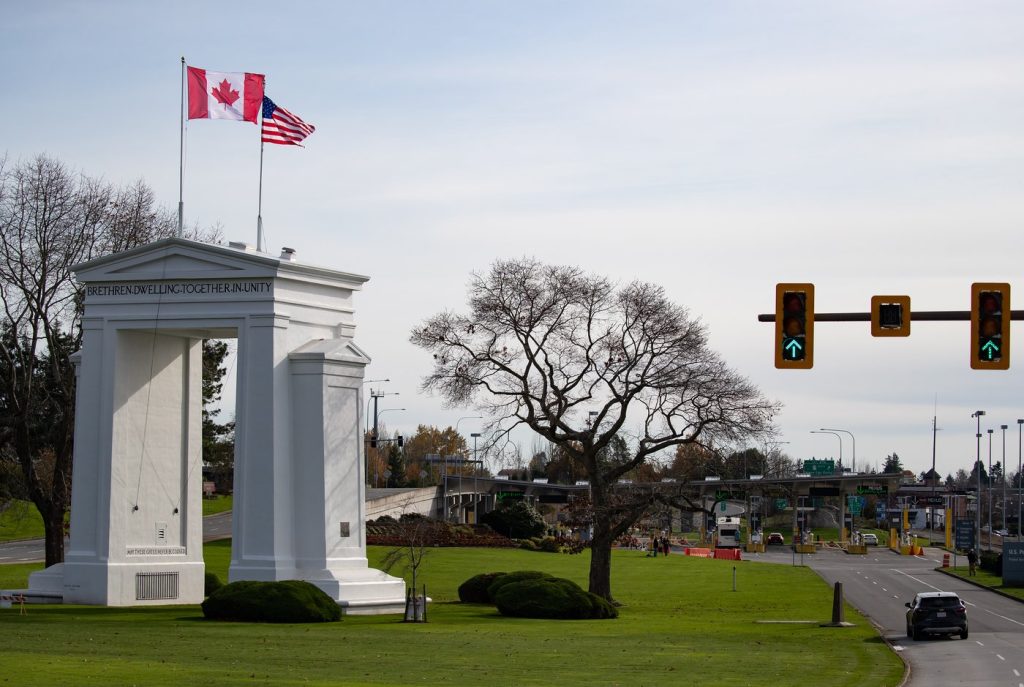Border patrol at B.C.’s Peace Arch Park effectively doubles says immigration lawyer

Posted June 4, 2024 6:21 pm.
If you’re heading down to Peace Arch Park for the summer, or planning an American road trip, you may see a lot more border agents than usual.
Blaine, Wash. based immigration lawyer, Len Saunders says there will be an increased officer presence at the popular park because U.S. officials have noticed a huge spike in the number of illegal border crossings from that point.
Saunders says he had noticed a doubling of the officers at the park and inquired about it directly.
“[Border officials] said that there had been a dramatic increase in the amount of illegals who were caught going through the park and hopping into cars on the American side, and entering the United States. So they decided to use more enforcement at the park by having more officers and also they have now discouraged Canadians from entering the park from 0 Avenue,” said Saunders.
Saunders says patrols are cracking down on drivers who attempt to enter the park by crossing a ditch on 0 Avenue. He said he believes that diversion has had the desired effect.
“From January until they changed this policy in May, I think there was like 900 apprehensions. And over the last two or three weeks there’s been zero,” said Saunders.
“They haven’t put up a fence. But I think by just the physical presence of a lot more officers at the border, and where people are kind of funneled down to one area, is deterring people from trying to use the park as an area where they can illegally enter the United States.”
U.S. Customs and Border Protection statistics show that “encounters” at the B.C.-Washington border — including apprehensions, expulsions and people being deemed inadmissible — are on track to quadruple since 2021. There were 42,913 encounters in the 2023 U.S. fiscal year, up from 12,345 two years earlier. In the first half of the current fiscal year, there have been 27,483 encounters.
American officials say organized crime groups have employed a variety of methods to move their human cargo, such as hiding people among plastic pellets in freight trains or having them cross the border on foot, as well as racking up tens of thousands of dollars in Uber bills to transport them once across the border.
“A lot of people had been, I guess, hopping on train, somewhere on the Canadian side of the border, going onto the US side of the border on trains, cargo or freight trains, and then hopping off that again,” said Saunders.
He said that the scheme only worked because freight trains are not inspected directly at the border, but added that changes in logistics may also make the difference when it comes to illegal crossings by trains.
“Once again, it was a loophole that people found out about and were obviously using. And now the Americans have been talking about moving that facility from five miles south of the border, who actually have the border crossing and that should put a stop to that.”
—With files from Darryl Greer, The Canadian Press








